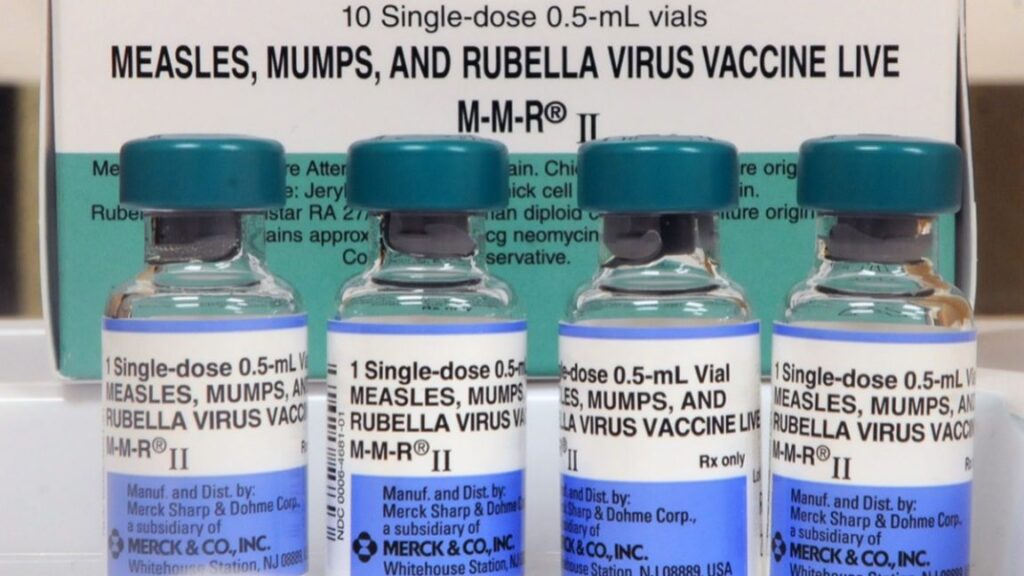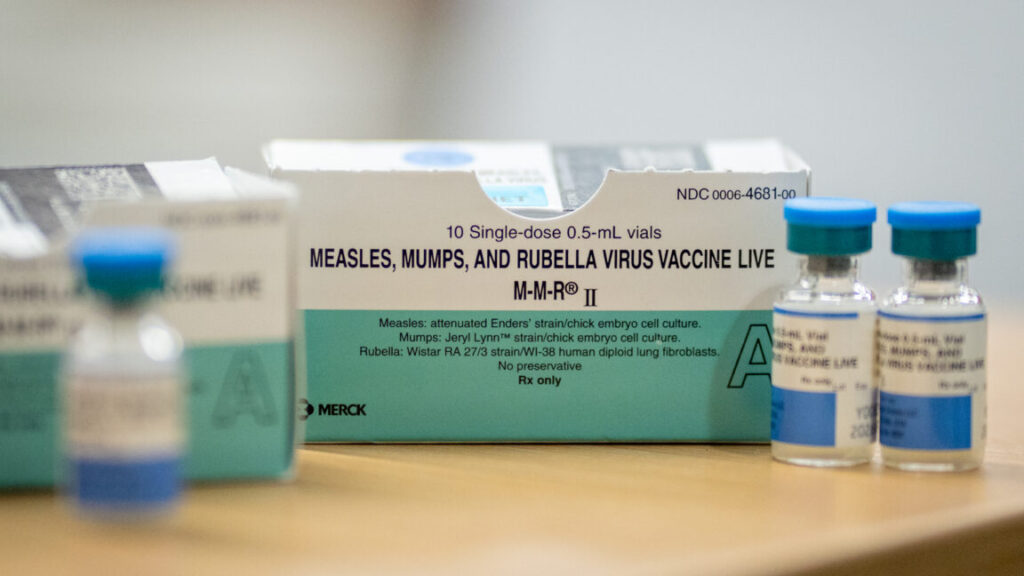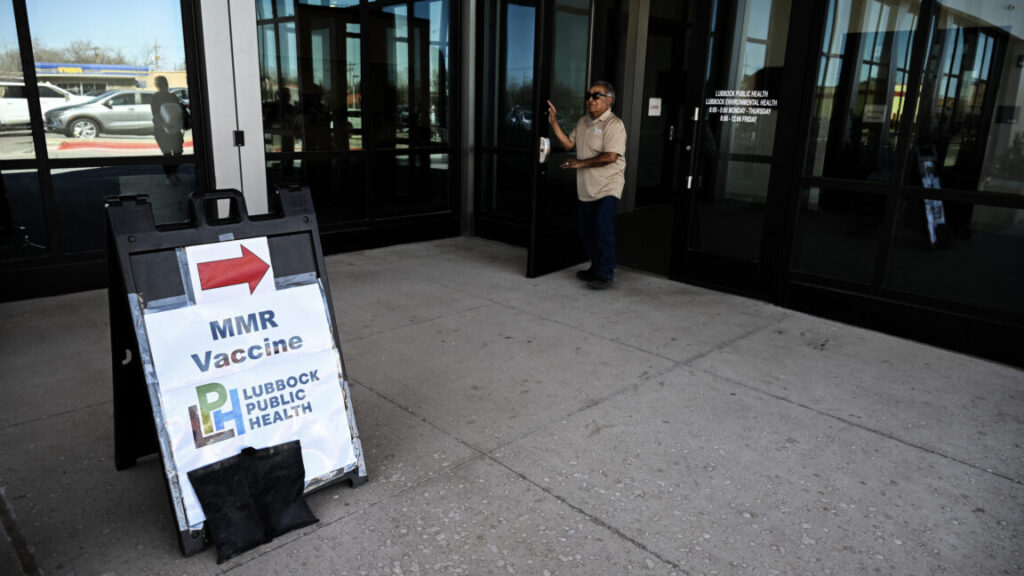Bird flu continues spread as Trump’s pandemic experts are MIA
Under the Biden administration, OPPR also worked behind the scenes. At the time, it was directed by Paul Friedrichs, a physician and retired Air Force major general. Friedrichs told CNN that the OPPR regularly hosted interagency calls between the US Centers for Disease Control and Prevention, the USDA, the Administration for Strategic Preparedness and Response, the US Food and Drug Administration, and the National Institutes of Health. When the H5N1 bird flu outbreak erupted in dairy farms last March, OPPR was hosting daily meetings, which transitioned to weekly meetings toward the end of the administration.
“At the end of the day, bringing everybody together and having those meetings was incredibly important, so that we had a shared set of facts,” Friedrichs said. “When decisions were made, everyone understood why the decision was made, what facts were used to inform the decision.”
Sen. Patty Murray (D-Wash.), who co-wrote the bill that created OPPR with former Sen. Richard Burr (R-NC), is concerned by Trump’s sidelining of the office.
“Under the last administration, OPPR served, as intended, as the central hub coordinating a whole-of-government response to pandemic threats,” she said in a written statement to CNN. “While President Trump cannot legally disband OPPR, as he has threatened to do, it is deeply concerning that he has moved the statutorily created OPPR into the NSC.”
“As intended by law, OPPR is a separate, distinct office for a reason, which is especially relevant now as we are seeing outbreaks of measles, bird flu, and other serious and growing threats to public health,” Murray wrote. “This should be alarming to everyone.”
Bird flu continues spread as Trump’s pandemic experts are MIA Read More »












